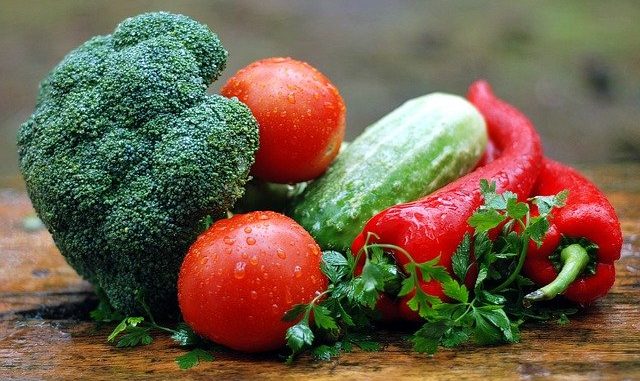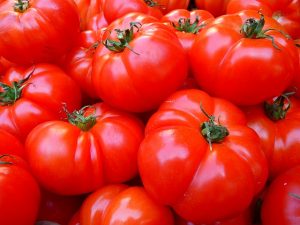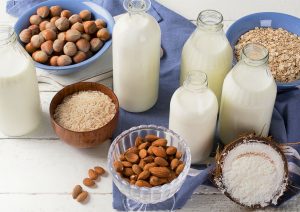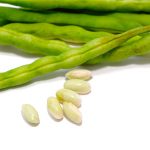
Today I looked at Google Trends just to see what was fizzing on the internet. Raw foodism seems to be the buzzword of the moment. It’s worth just looking at what this type of nutrition is really about.
If you look at a strict definition then a raw food diet which is the more accurate term is about eating just that; raw food. These are also unprocessed, whole, plant-based and usually organic foods. One alarm bell is ringing in my ears though and that is food safety and not just from microorganisms but also consumption of potentially toxic food too.
For those on a raw food diet, the overriding belief is that of health, good living and well-being, and a desire to stave off health conditions. On the face of it there should be no reason why the diet does nort help support these views.
For some of us a raw food diet or something close to it may well help with weight loss but it isn’t the overarching feature of the diet. There is some evidence that weight loss does occur however if the diet is followed thoroughly.
It is not a vegan or vegetarian diet either!
Raw Foodism: What’s To Be Eaten Here?
Raw food might be interpreted very differently. There is a perception in Europe that about 75% of the diet could be raw food and the remainder is cooked food. That’s to allow for a better balanced diet using eggs and other foods where processing actually improves their nutritional content. Processed tomatoes and potatoes are one case in point.
For others who want to be strict about the diet then these are the types of foods to include:
- raw vegetables and raw fruits
- freshly made vegetable and fruit juices
- dried vegetables and fruits
- frozen fruits and vegetables
- beans: sprouted and soaked
- legumes: sprouted and soaked
- nuts and seeds
- nut butters including peanut butter
- nut milks
- coconut milk
- olive and rapeseed oil
- yeast
- purified water but not tap water
- unprocessed, organic and natural foods. These would include cacao powder, cacao nibs and carob powder.
Other foods to include which have safety considerations are:
- raw eggs
- raw fish such as sashimi and sushi
- biltong including dried meats

Risky Foods That Get Included
From the outset, not all raw foods are safe to eat. Cooking or some form of heat processing has to be enough to destroy bacteria and moulds. Cooking also destroys toxins and also makes the food more palatable. One aspect of food is to removes the chances of food poisoning at all costs otherwise what is the point!
All national food safety centres advise cooking the following:
- meat, especially chicken
- raw shellfish
- unpasteurised milk
- raw eggs and even those that are partially cooked
The number of instances of food poisoning from consuming raw plant foods also has to be considered. Salads, especially those that are bagged need to be washed again because of the high incidence of Escherichia coli O157: H7 which causes kidney failure and even death.
The plant foods that need thorough cooking are kidney beans, buckwheat and cassava.
Kidney beans contain a protein compound called phytoheamagglutinin. This is a toxic compound if the bean is eaten raw and is usually destroyed by heat processing.

Cassava which we also call gaplek or yucca is toxic when raw. The tubers are always peeled and cooked. It is also much easier to eat if it is pulped or sliced too.
Raw shellfish is associated with some of the most unpleasant food poisoning known. Consuming raw oysters on the shoreline of the river Gironde at Bordeaux may seem the archetypal pleasure but deaths from Shigella elsewhere are testament to a relatively dangerous practice.
Dietary Trends
A number of raw foodists are vegan anyway so this diet fits with their way of thinking. It also has a longer history than we might imagine. The idea developed with the Natural Hygiene movements in Victorian times so it has a reasonable pedigree.
That movement was keen to ensure raw food need not be cooked to the point where it lost its nutrition. It always has to be borne in mind that whilst cooking helps make some foods more palatable it generally leads to the destruction of vitamins such as vitamin C (ascorbic acid). Frankly, there is an important balance to be met when it comes to cooking.
The weight loss movements consider raw foods and raw foodism to be more satisfying by increasing levels of satiety. This is based on the idea that digesting a raw food takes more effort and means the food lies in the stomach longer. It has also been linked to the idea that ruminants for example rely on a many-chambered stomach to digest cellulose. With it comes a highly beneficial set of intestinal microorganisms ready to help digestion and process the food into a more beneficial range of nutritional goodies (apologies for the terminology).
Raw foodism also fits neatly with those who are seeking a clean-label style of lifestyle.
In the 2021 US News and World Report on best Diets, the raw food diet was ranked at number 32 in the Best Diets Overall category. It had an overall score of 2.2 out of 5.
Nowadays the diet receives a mixed press. The British Dietetic Association regards raw foodism as a fad. The biggest issue is reserved for those following raw veganism because of the concern in the reduction of essentials vitamins and minerals. The gravest concern is the lack of cobalamin or vitamin B12.
Dietary Restrictions
The diet works well with those who need to be gluten-free. There are no fruits and vegetables which contain gluten so this is not an issue.
Strict vegans need to take a dietary supplement to replenish their vitamin B12 levels. A raw food diet is not recommended for children in the light of poor bone development based on various pieces of clinical research.
Health Benefits
It is now extremely well established that eating plenty of vegetables and fruits helps with reducing hypertension which means managing blood pressure. It is a diet that is low in sodium too so this can help with reducing the risk of heart diseases and stroke, of osteoporosis, cancers especially those of the gastrointestinal tract, the stomach and with kidney disease.
Weight loss is also a possibility with strict adherence to the diet. It should also reduce the risk of developing type-2 diabetes.
Medically, raw food does not prevent illness.

People who think natural food is the way to go are pointless!